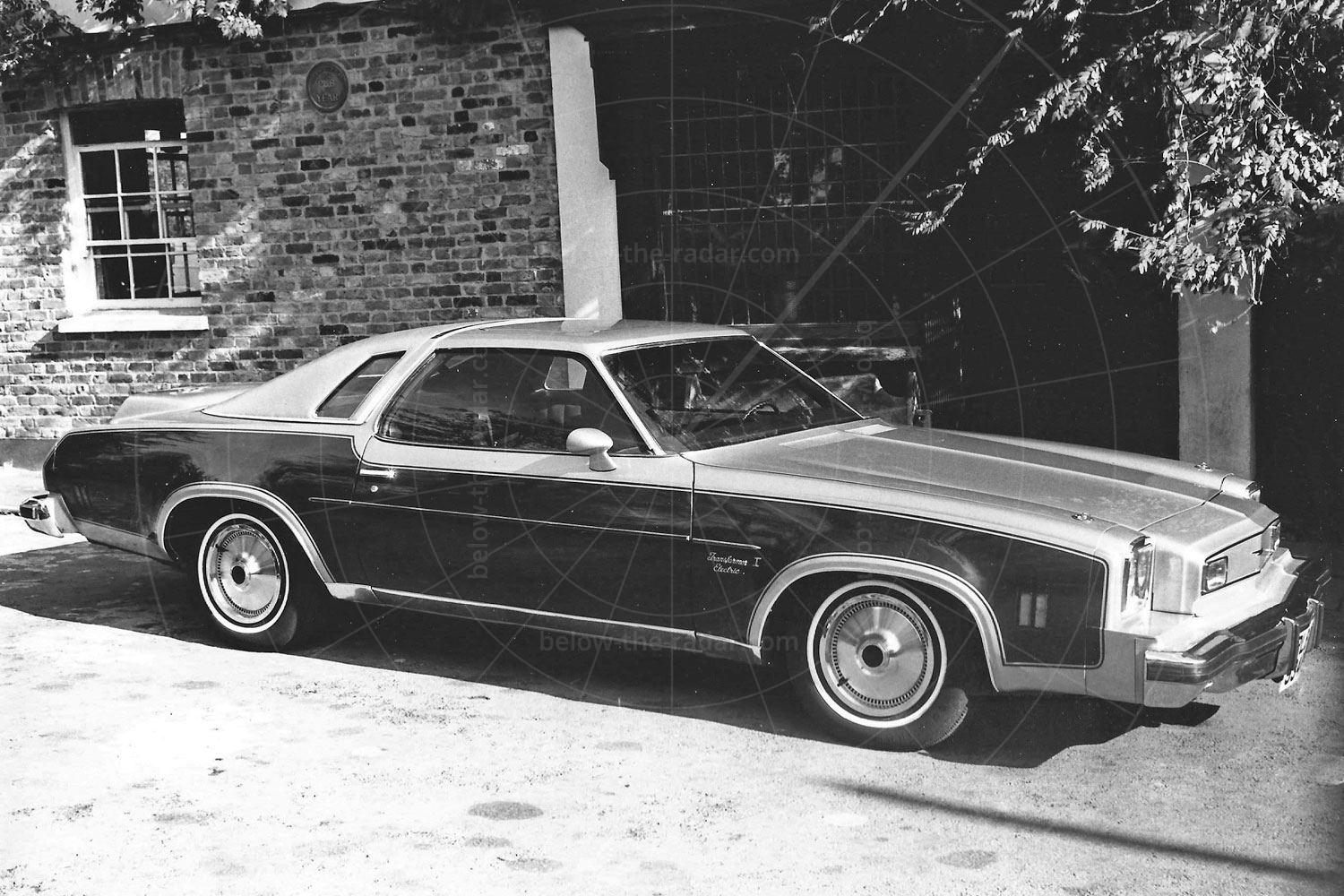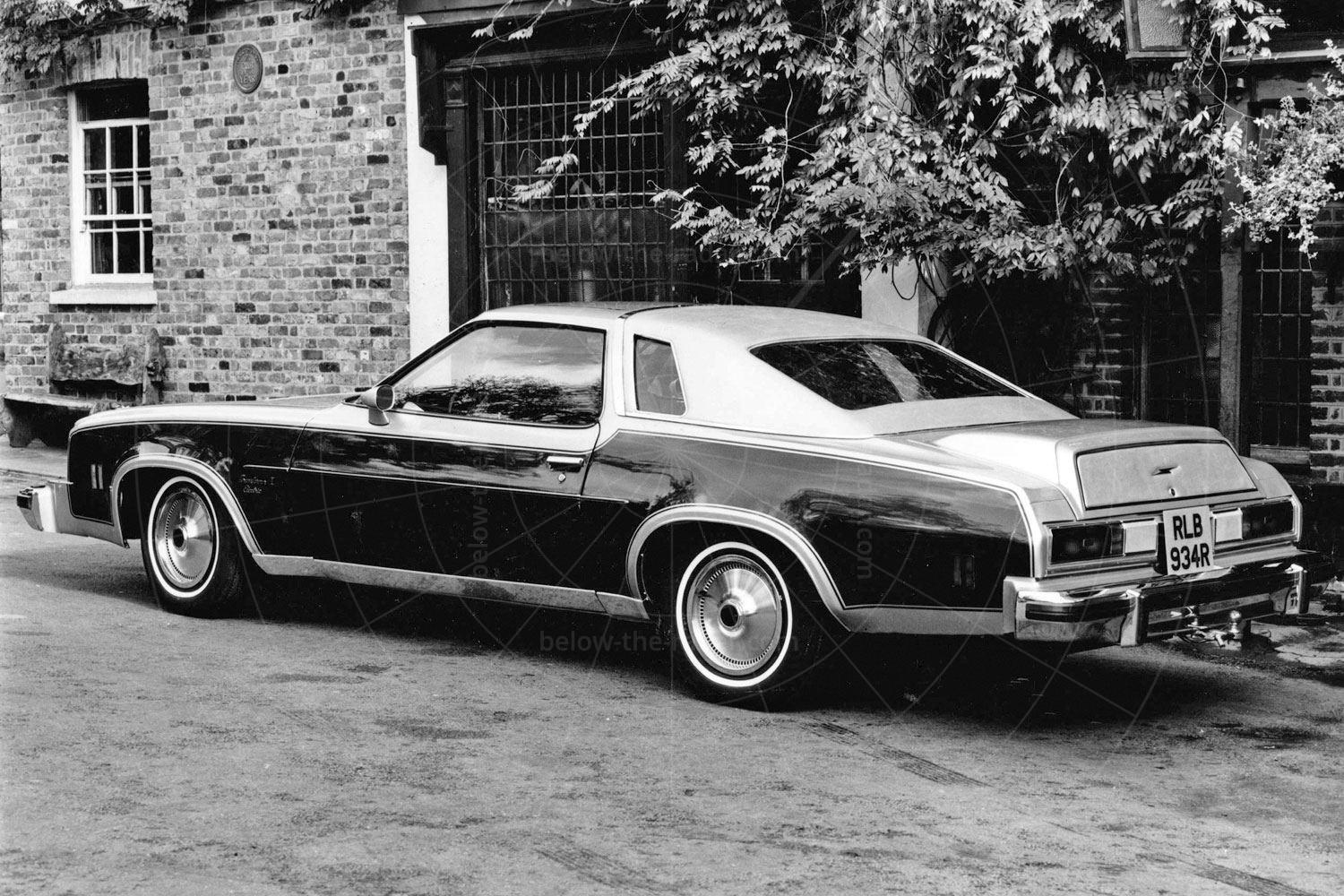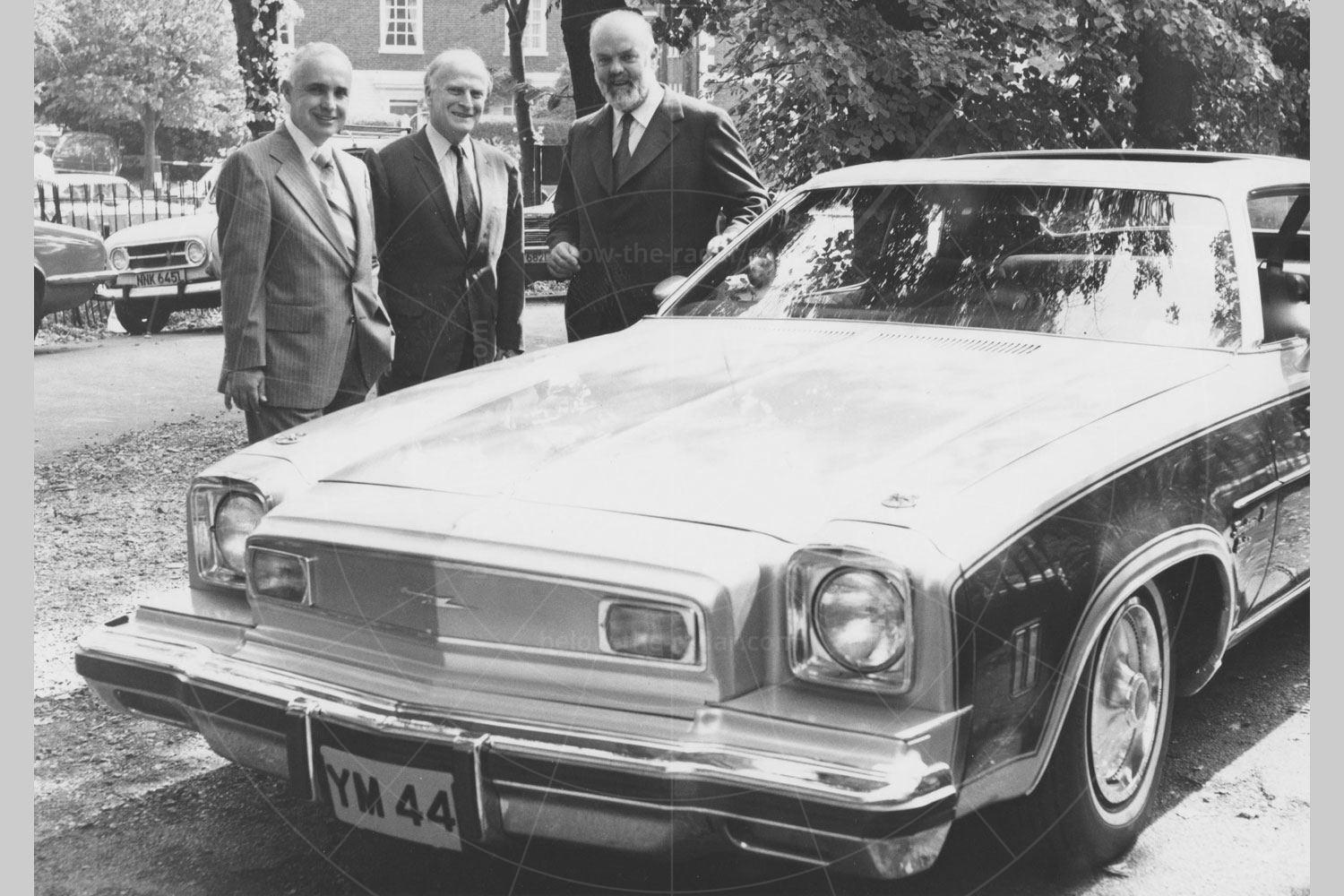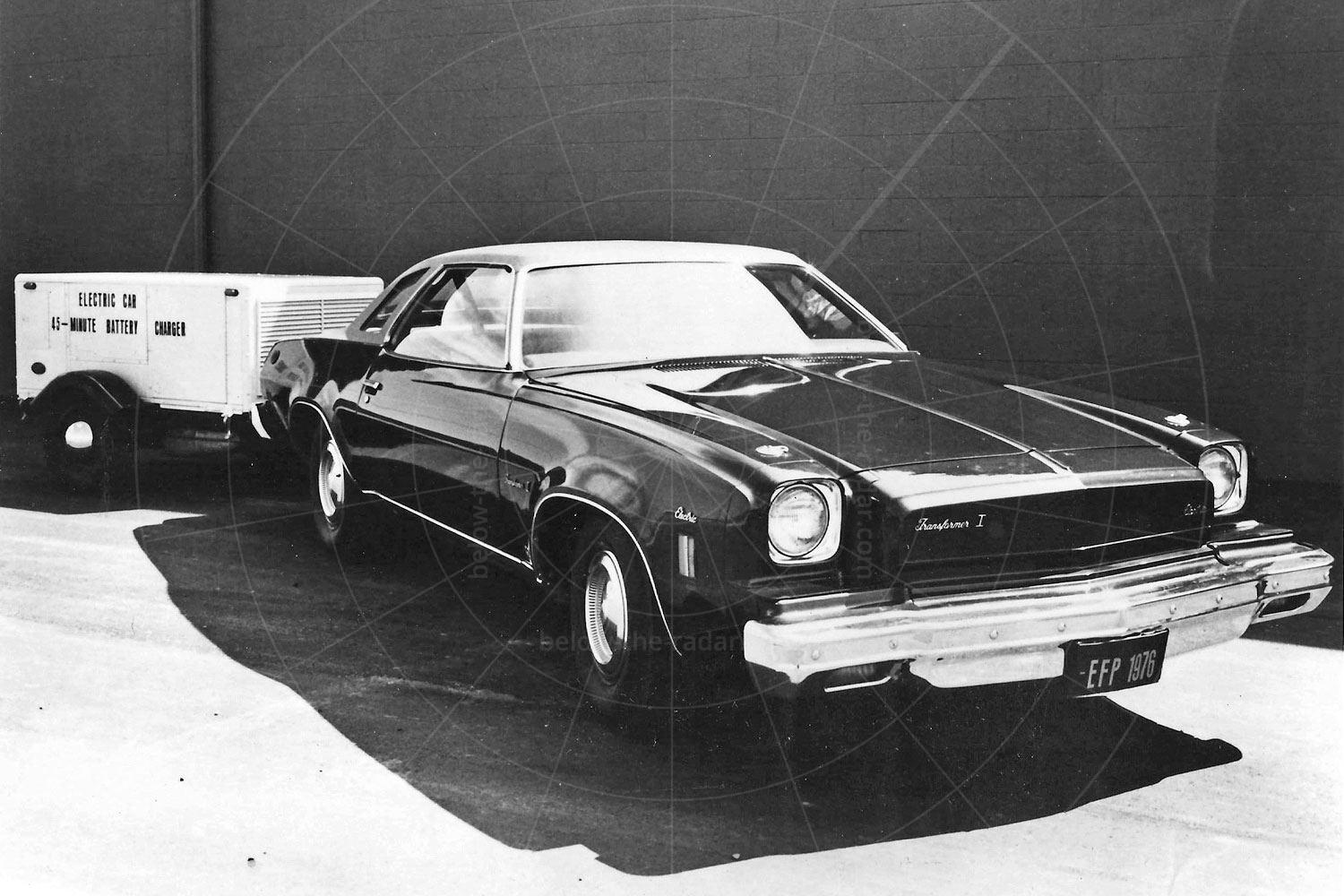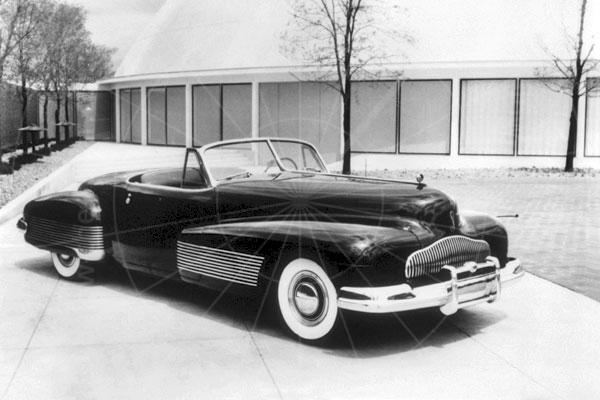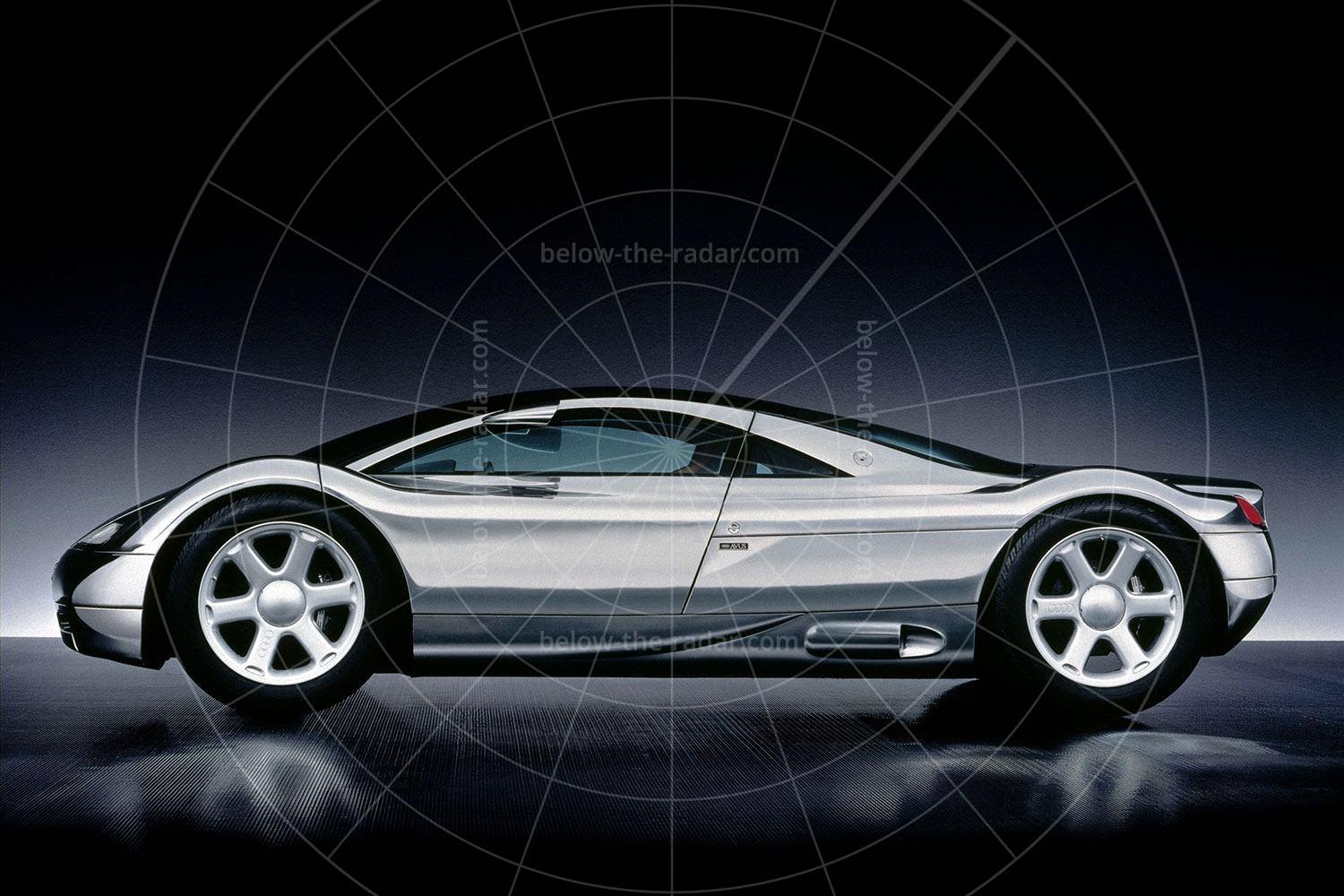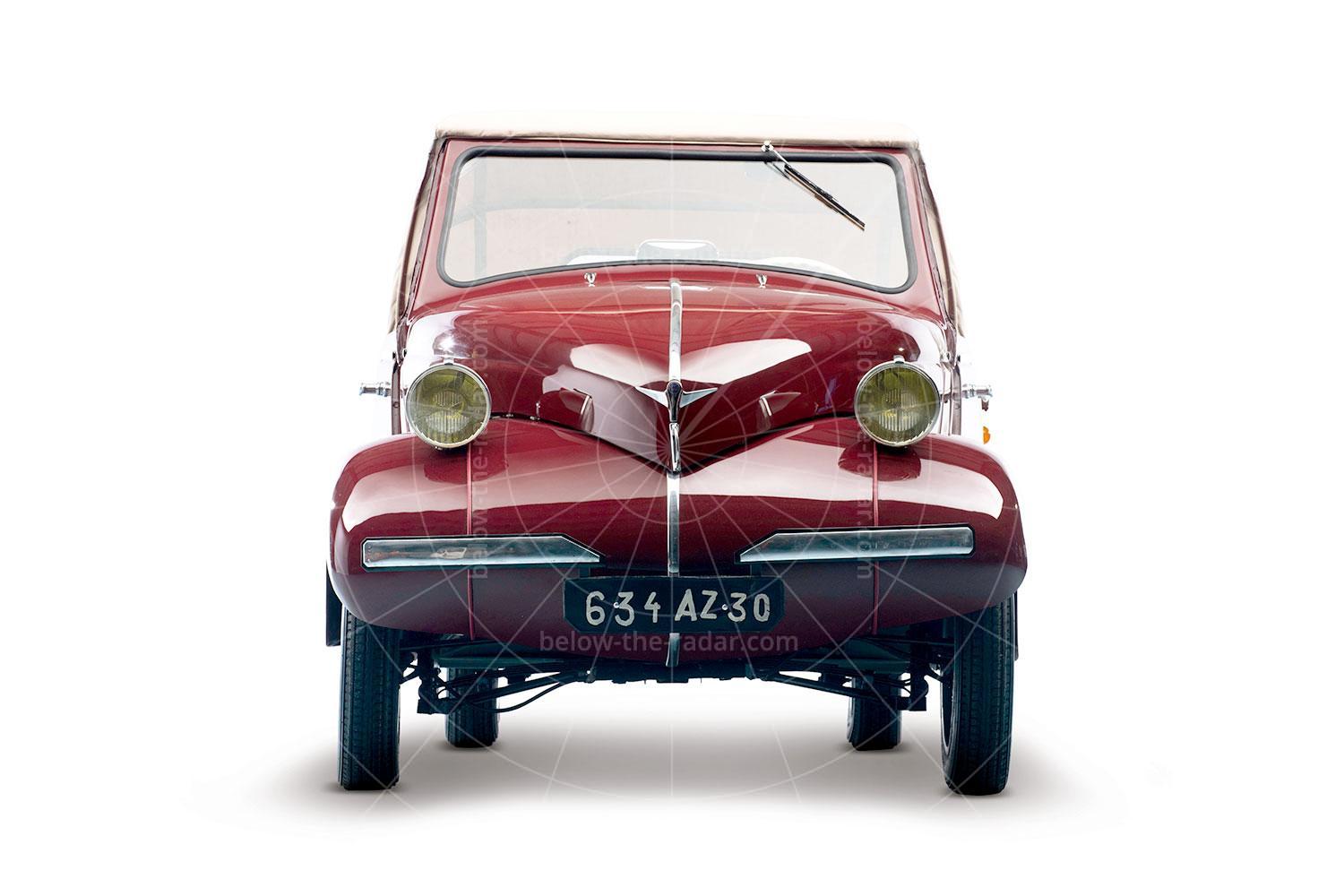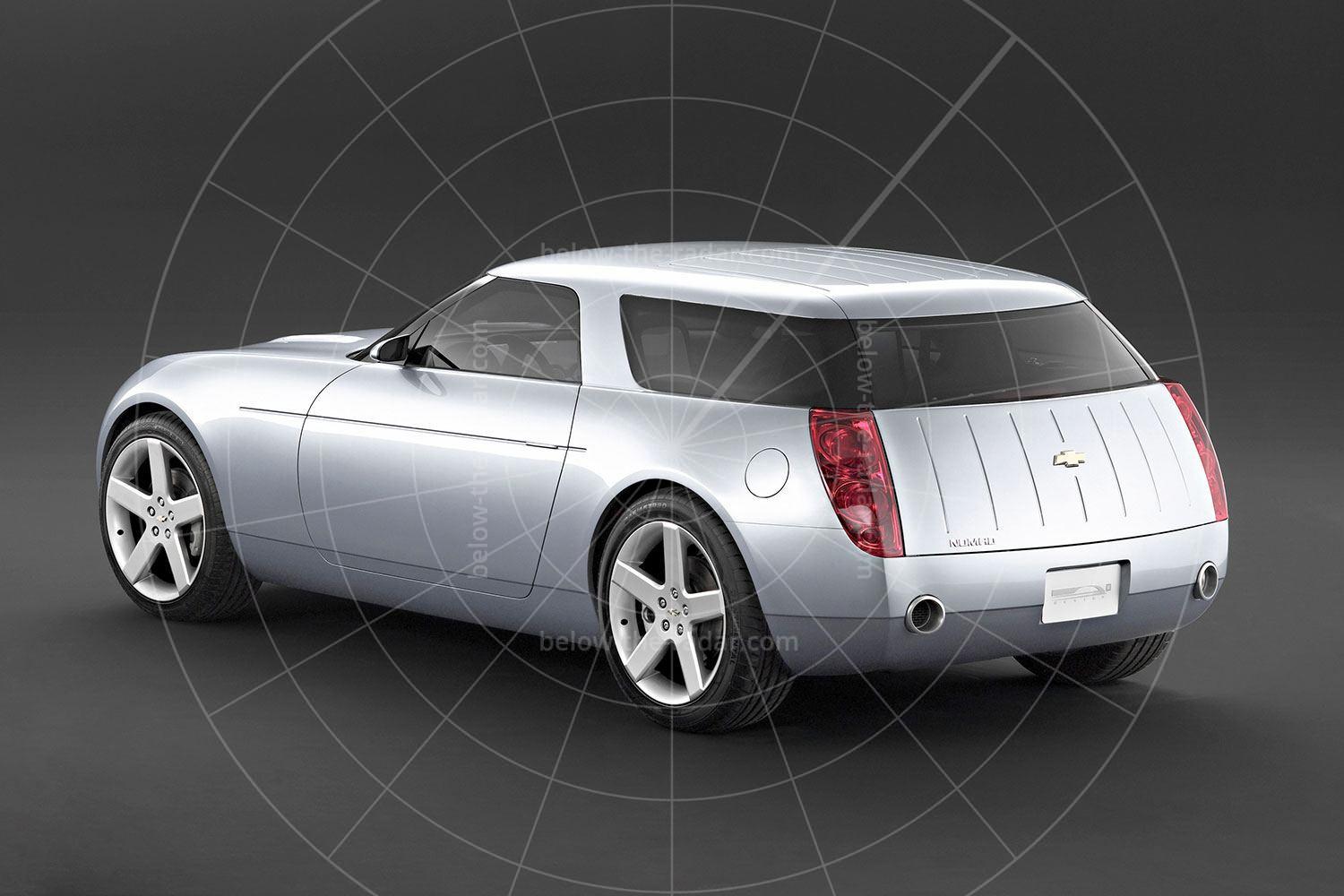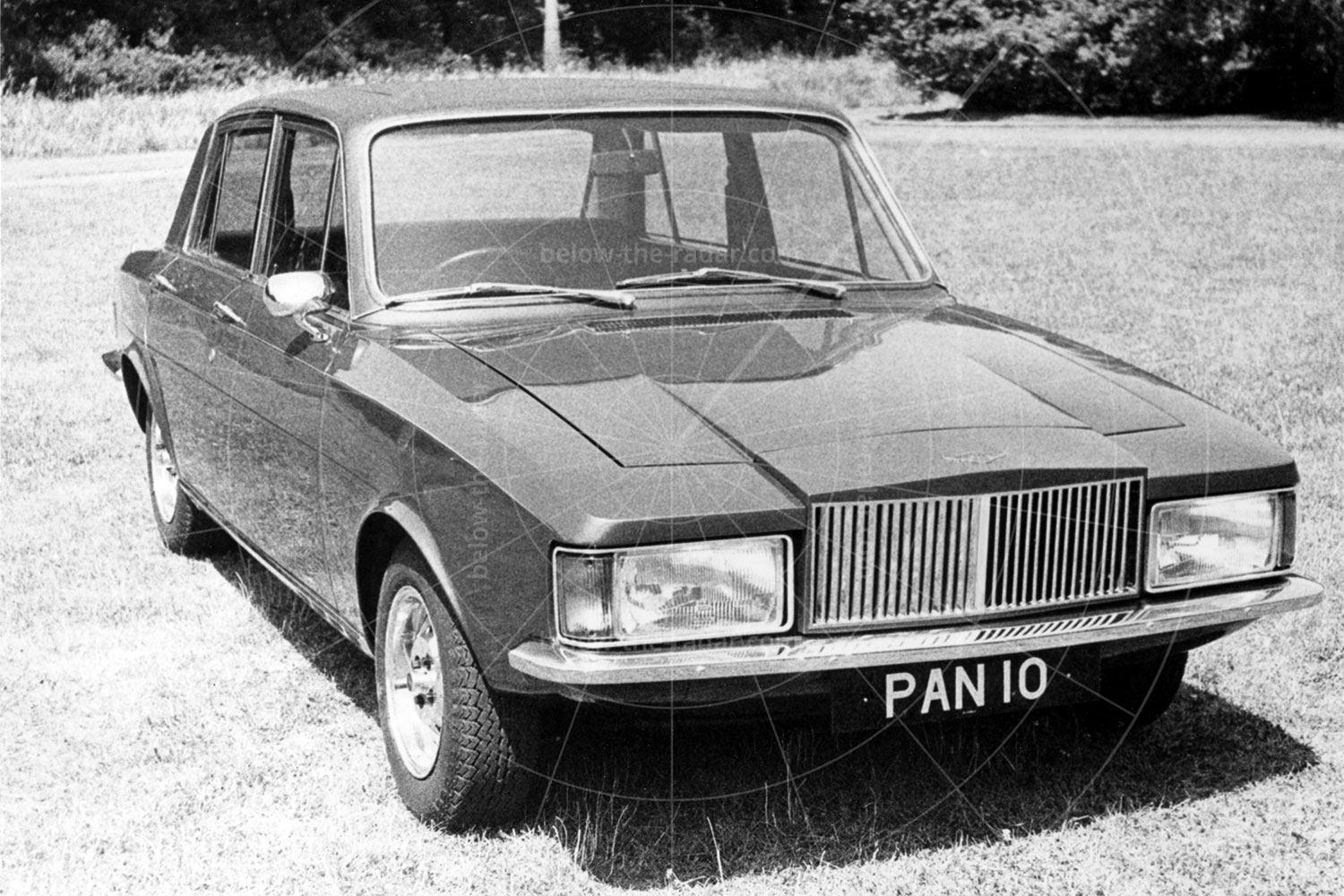As we all know by rote, the internal combustion engine is facing extinction. The thing is, the USA has been a hotbed of research into battery-powered vehicles since the 1950s, with the grandiosely-named Electric Fuel Propulsion Company of Troy, Michigan, being to the fore since its inception in 1966. That said, while most electric cars of yesteryear looked like upturned wheelie-bins, this enterprising firm took a different approach.
The firm’s first product, the Electrosport, was trumpeted as being the first mass-produced electric car ever made (there are dozens of rivals for the title). It was, in essence, little more than a battery-powered AMC Hornet and, despite considerable press coverage in period, it failed to find favour with a sceptical car-buying public. There was nothing ‘mass’ about its production. The Transformer 1, which replaced it, was launched in 1974 with the accompanying PR bumf talking up a storm about how it was equipped with air-con, power seats and all the usual trinkets expected of a US land yacht.
Powering this behemoth was a bank of cobalt/lead batteries that produced a combined output of 180 volts. Roughly translated, that equated to 32bhp… This set-up was devised in conjunction with Cheshire-based firm Cableform, the top speed being a giddying 70mph with the air-con switched off, and 55mph with it turned on. A 0-30mph time of eight seconds was quoted, which was roughly akin to that of a two-cylinder Fiat 126. A credulity-stretching range of 50 miles of stop-start driving was declared, or 100 miles when cruising.
However, the options list stretched to a device that would put an end to range anxiety: an ‘auxiliary charging system’ in marketing-speak, or a trailer carrying a massive generator to the rest of us. And powering this set-up? A 4.2-litre General Motors in-line six-cylinder unit, complete with a 21-gallon fuel tank. Car and ‘trailer’ together took up plenty of acreage, too: around 8.3 metres (27ft).
Foregoing the small matter of a petrol engine defeating the object of an electric car, what really blunted its chances of success was the asking price: an eye-watering £15,152 for the regular version, or £16,970 for the Deluxe edition with two-tone paint, a padded roof and velour upholstery. The trailer/generator/engine combo came in at a mere £7273. The thing is, because this was an ‘auxiliary charging system’ it didn’t need to meet EPA emission regulations approval.
As to how many Transformer 1s were made, we would posit that it wasn’t many, although one made it to the UK. It was owned by violin maestro Yehudi Menuhin and wore his ‘YM 44’ cherished number (it was also pictured in period with a different reg). Not only that, he routinely drove it around London, with luxury car dealer H.R. Owen being tasked with maintaining it.
The Electric Fuel Propulsion Company, meanwhile, changed its name to Apollo Energy Systems and created a raft of show cars and prototypes. What’s more, its fuel-cell technology was licensed out to The Big Three in Detroit.

